Technologies
Camera Comparison: Google Pixel Fold vs. Samsung Galaxy Z Fold 4
It isn’t as close a competition as you might expect.
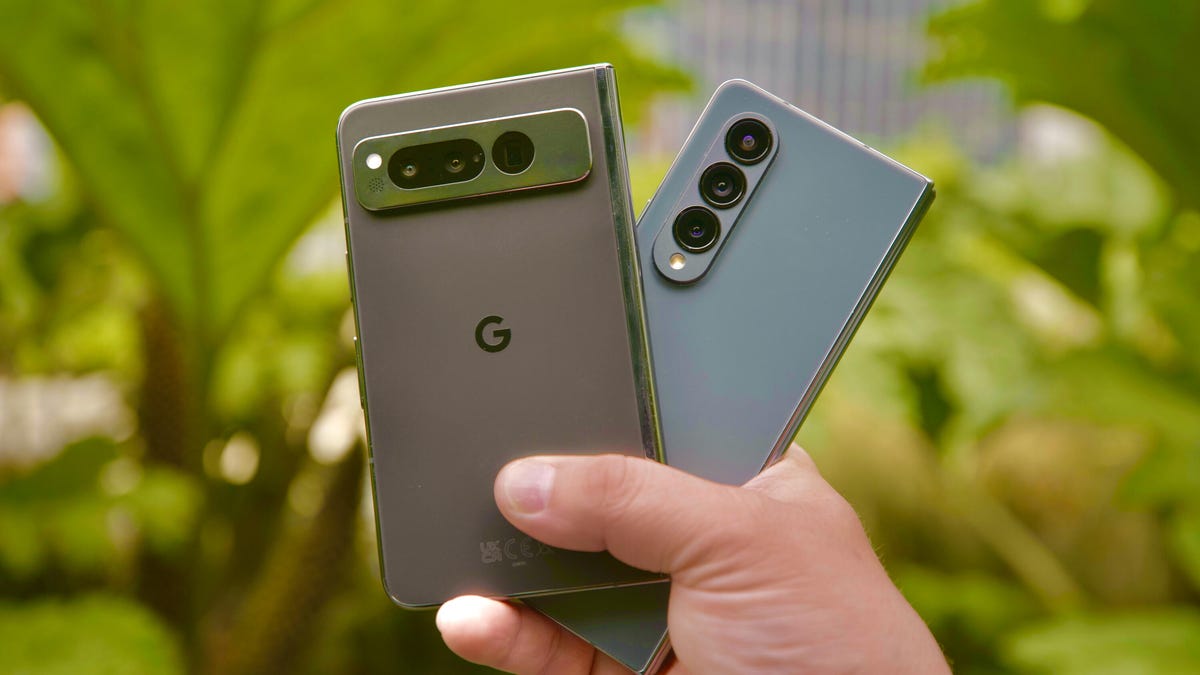
The new Google Pixel Fold costs $1,799 and has five cameras, just like the 11-month old Samsung Galaxy Z Fold 4. As you might infer from their names, each phone’s key feature is a foldable screen — which is largely the reason for their high prices. But a close second would be the cameras.
Neither the Pixel Fold or the Galaxy Z Fold 4 set any high marks for camera performance. The already tiny image sensors and lenses on regular phones are even smaller here, because the ultrathin bodies on these folding phones have less room.
But with such high prices, you’d be right to still expect these phones to be able to take some decent shots on your travels, so I was curious to see how they compare. And after a week of taking photos and videos on the Pixel Fold and Galaxy Z Fold 4, the results were not as close as I expected.
I should note that later in July, Samsung is holding an Unpacked event where we expect the company to announce the next-gen Galaxy Z Fold. Once it does, we will happily pit the new Z Fold against the Pixel Fold.
In the meantime, let’s dig into the details.
Read more: Best Camera Phone of 2023
Pixel Fold camera specs vs. Galaxy Z Fold 4
Both the Pixel Fold and Galaxy Z Fold 4 have three rear cameras, one cover screen camera and one interior screen camera. Resolution-wise it’s pretty close between what Google and Samsung each offer. I’d be remiss if I didn’t tell you that comparing image sensor resolution is like trying to compare the calories in food; 100 calories of broccoli has different benefits than 100 calories of ice cream. So yeah, more megapixels isn’t always better. The biggest differences are actually in the software processing, which Google seems to be better at.
The hardware is nearly identical in terms of specs, with the Pixel Fold having a 48-megapixel sensor, while the Z Fold 4 rocks a 50-megapixel sensor.
Google Pixel Fold camera specs vs. Samsung Galaxy Z Fold 4
| Google Pixel Fold | Samsung Galaxy Z Fold 4 | |
|---|---|---|
| Main camera | f1.7 aperture, 48MP sensor | f1.8 aperture, 50MP sensor |
| Ultra wide camera | f2.2 aperture, 10.8MP sensor | f2.2 aperture, 12MP sensor |
| Telephoto camera | f3.05 aperture, 10.8MP sensor | f2.4 aperture, 10MP sensor |
| Cover screen camera | f2.2 aperture, 9.5MP sensor | f2.2 aperture, 10MP sensor |
| Interior screen camera | f2 aperture, 8MP sensor | f1.8 aperture, 4MP sensor |
The interior screen cameras are also different, with the Pixel sporting an 8-megapixel sensor and the Galaxy having just a 4-megapixel one. Samsung’s camera is buried under the display, however, which is brilliant. It’s the camera you use the least, and I think Samsung was wise to improve the inner display experience by «hiding» the camera, even if it comes with the trade-off of a lower-resolution sensor.
The last main hardware difference is the telephoto camera, which on the Pixel Fold has a 5x optical zoom, while the Z Fold 4 has a 3x optical zoom.
Pixel Fold photos vs. Galaxy Z Fold 4
Before we get into some direct comparisons, take a look at some of my favorite photos from the Pixel Fold and the Z Fold 4.
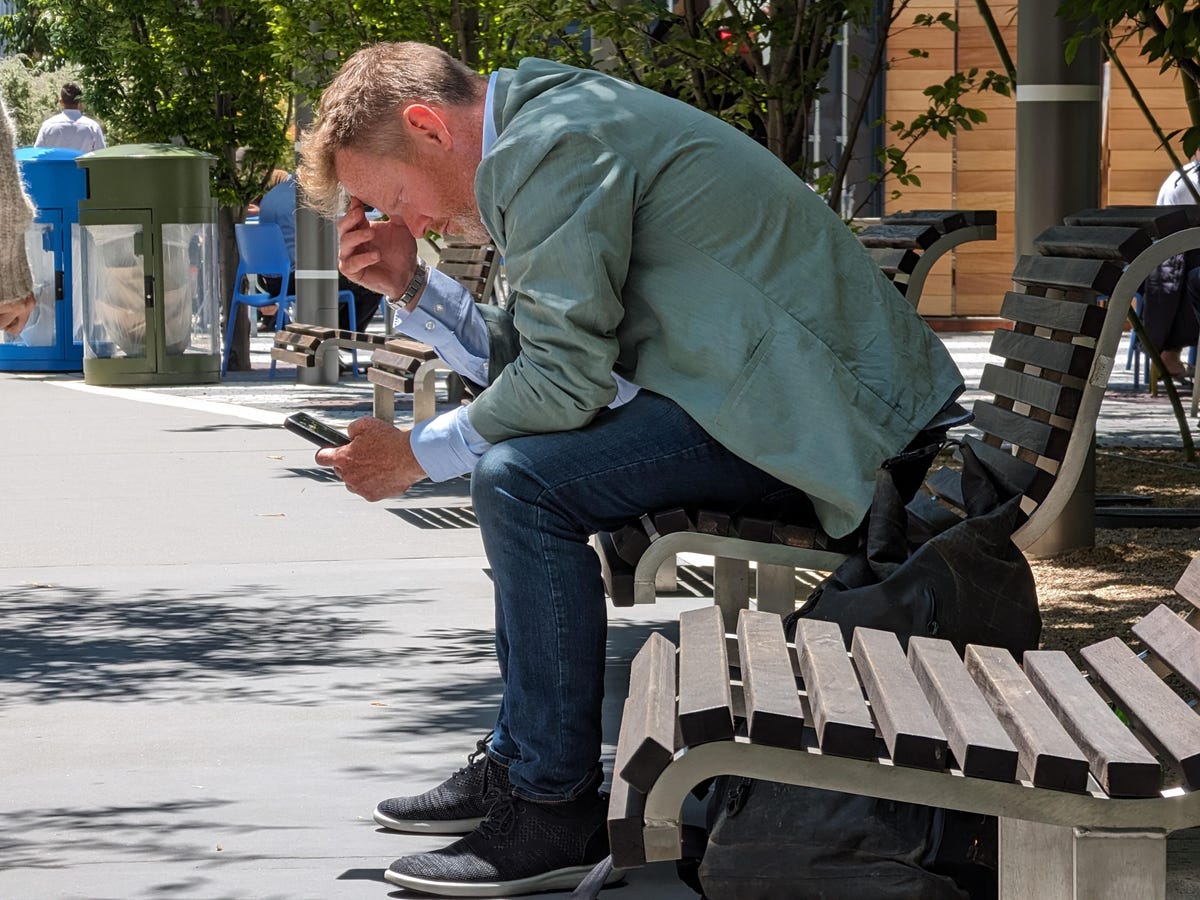
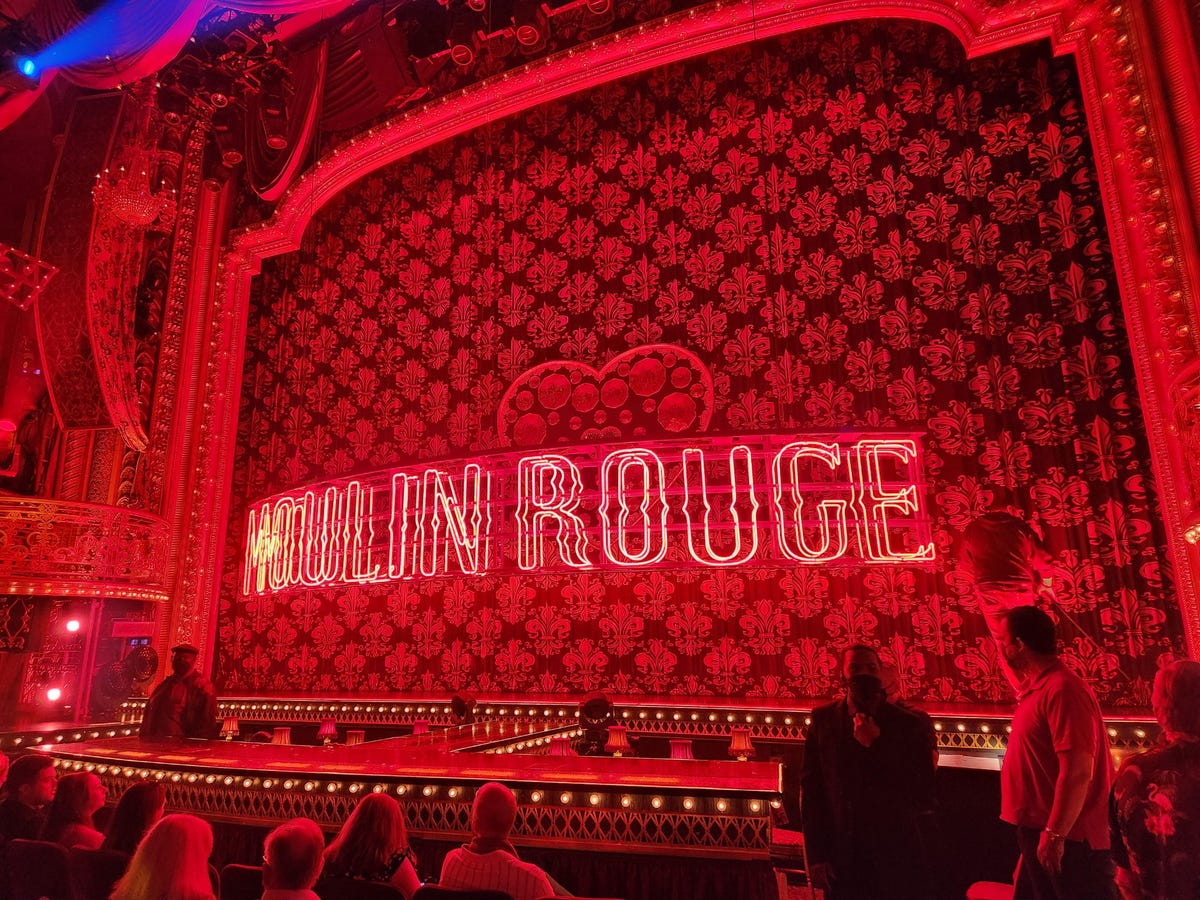

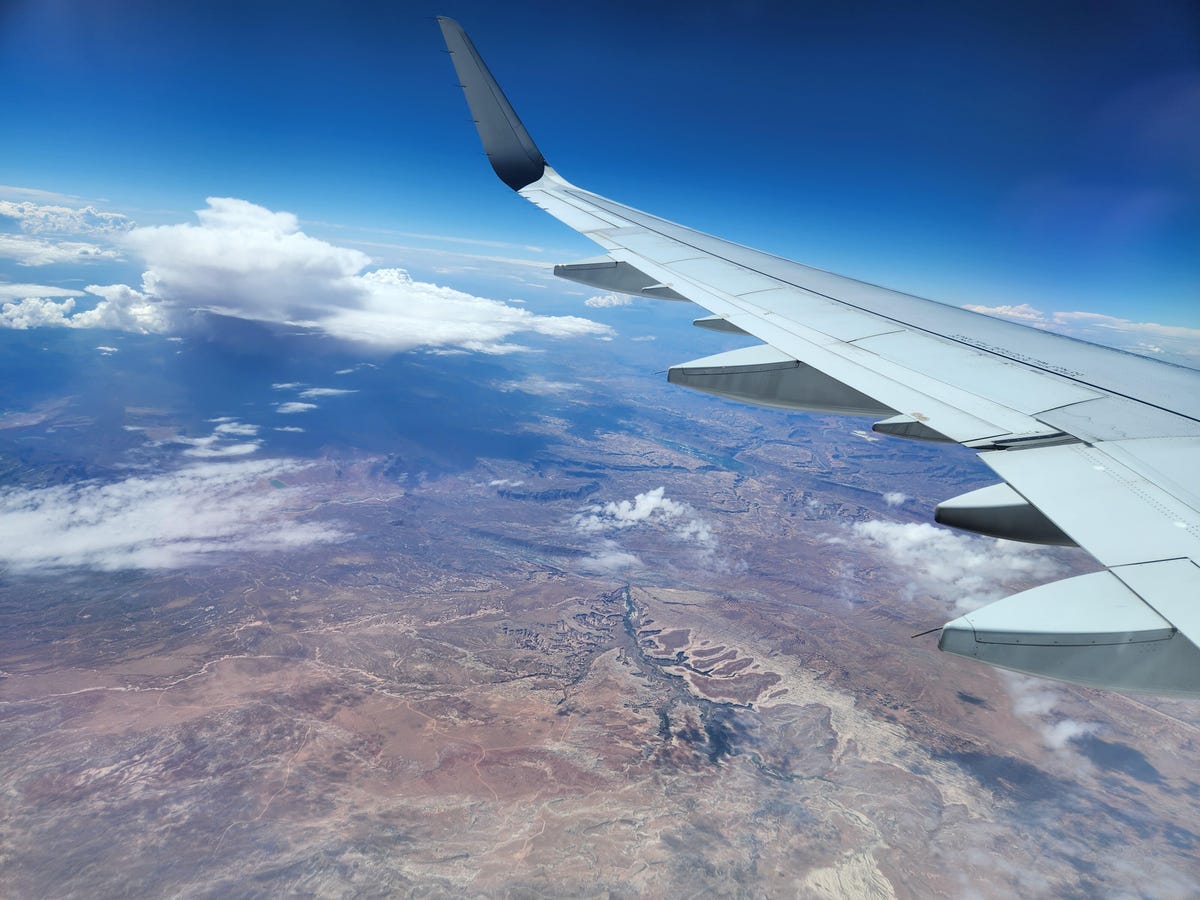
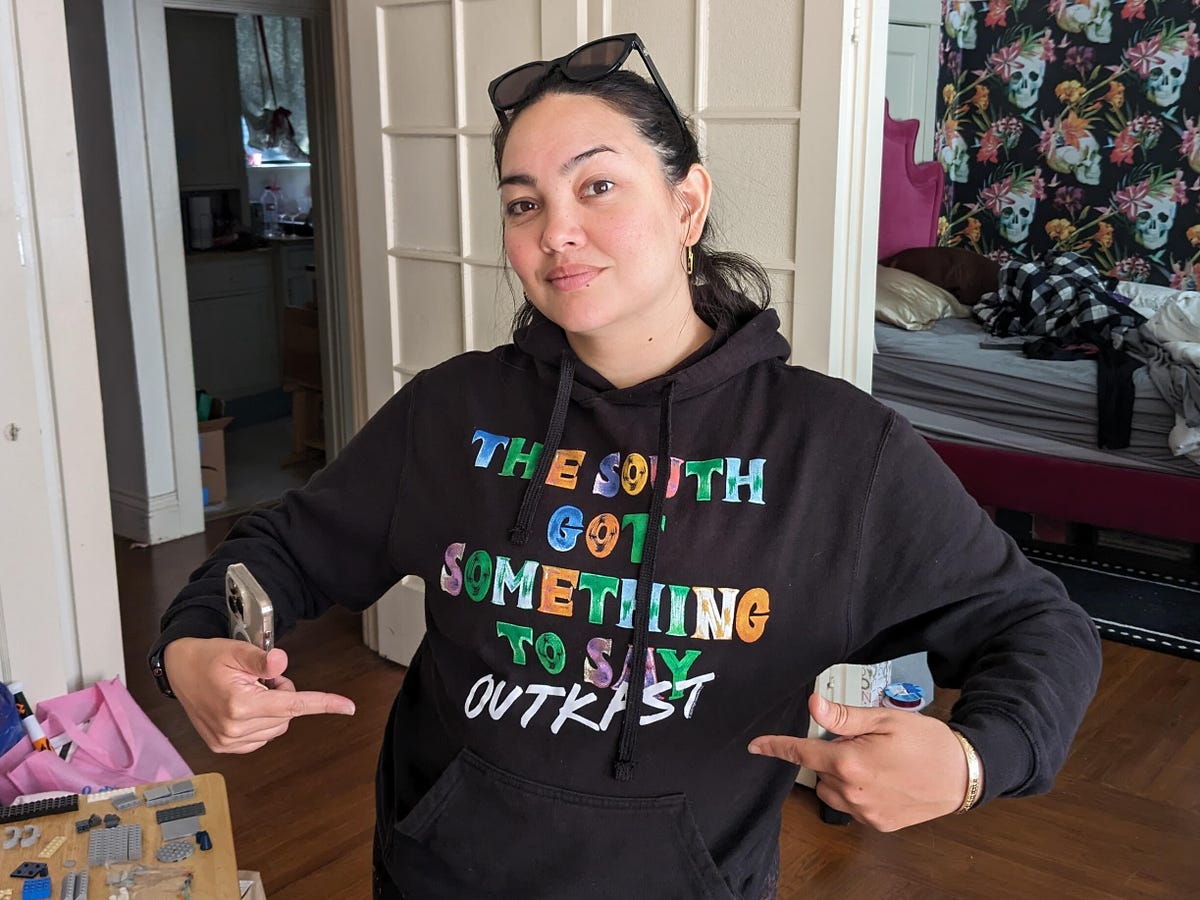
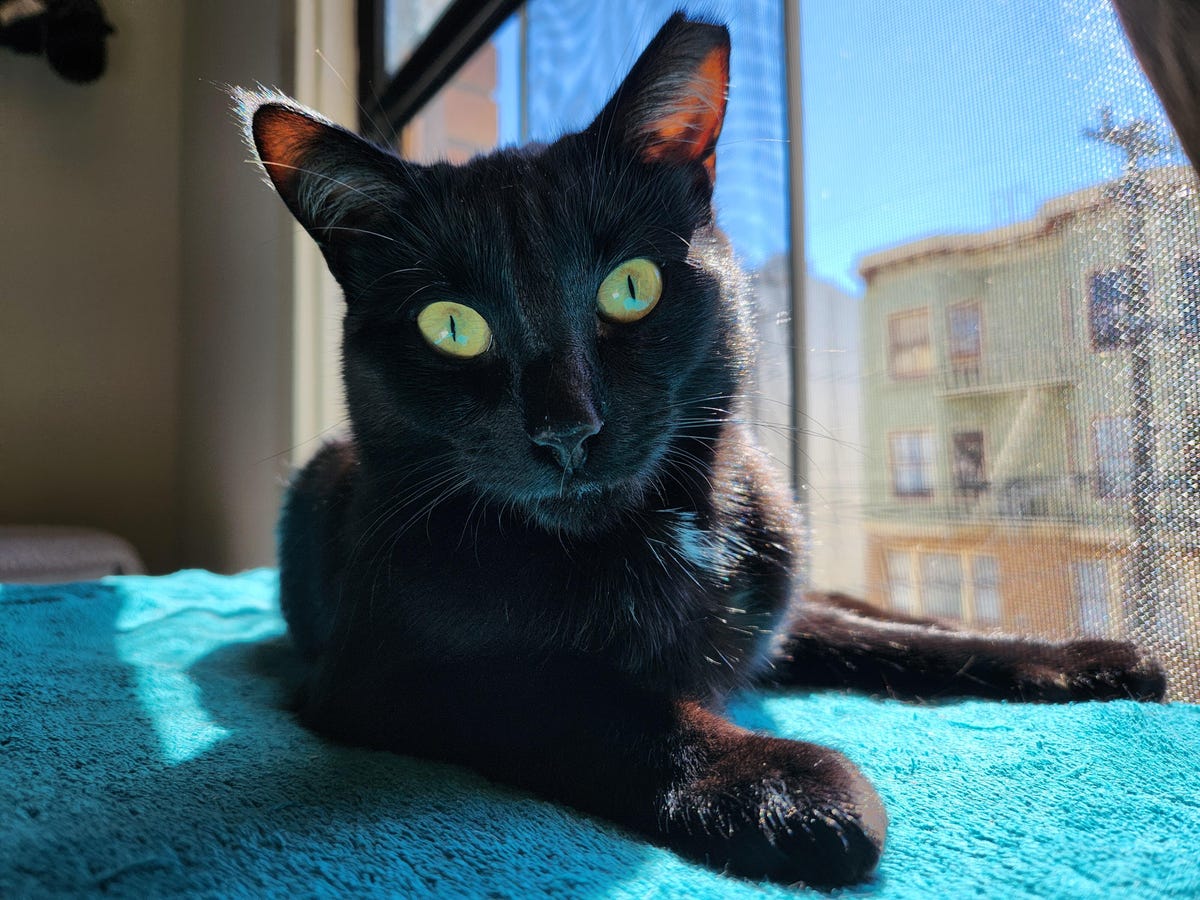
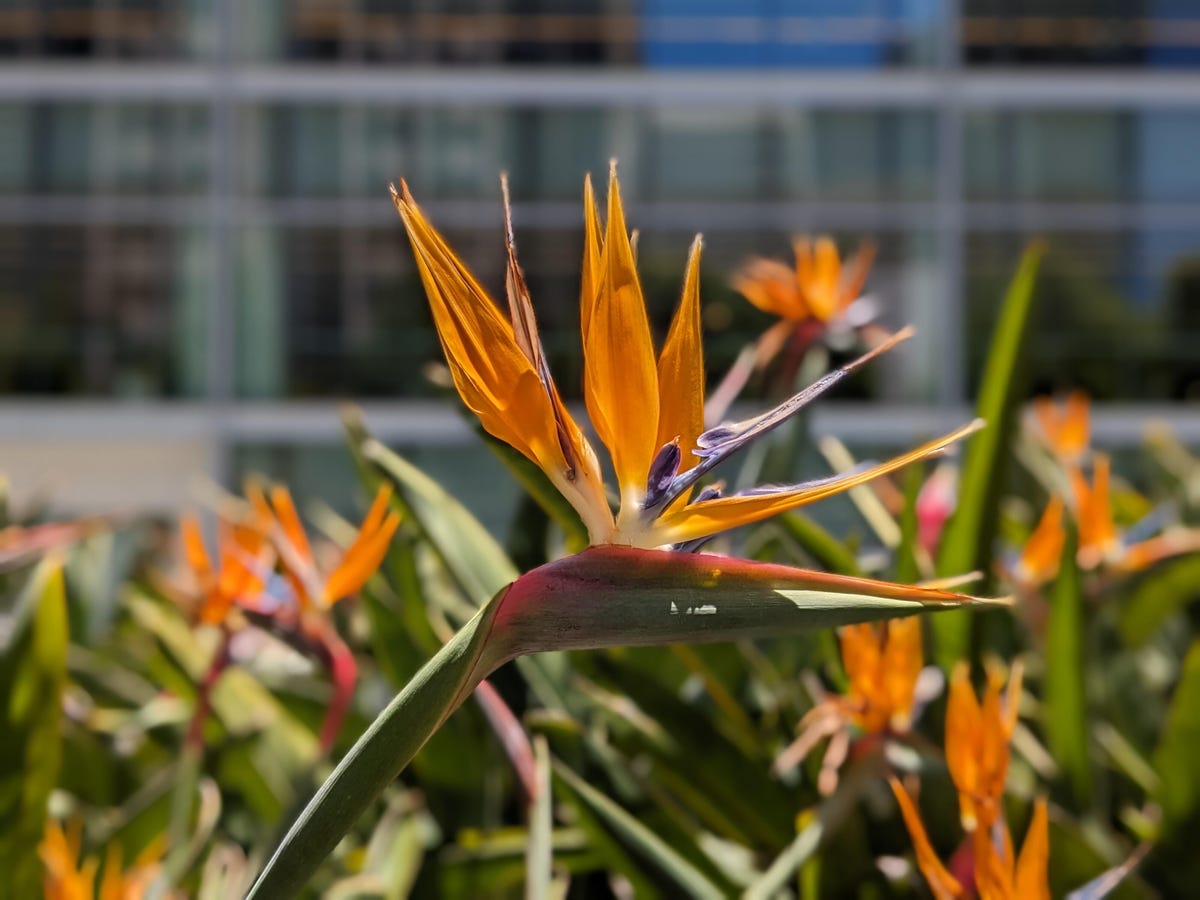

On the whole, Pixel Fold photos have better detail, a wider dynamic range and are more color accurate. And that’s even under a perfect summer day with blue skies, which is one of the most forgiving environments for any phone camera.
Take a look at the images below, each taken with the main camera, of a lunch area in Salesforce Park in San Francisco. The Pixel Fold’s snap balances the exposure better and has more details in the grass and tree leaves. And, yes, things were actually that green. But Samsung’s photo is messy. It’s overly bright, details are muddy and the color temperature is off — notice the green in the trees in the background and the sky.
Below are two more images from the main cameras. This time the differences aren’t quite as drastic. Both phones did a good job of capturing the cappuccino’s texture in the foam. But notice around the rim of the cup. The Pixel Fold’s photo looks more natural, with the cup’s rim in focus along with the top of the drink. The Z Fold 4’s image is strange. I know Samsung has a food optimizer setting, but I don’t remember it being on; it might have been. The edge of the cup is soft.
Next, take a look at the photos below, which were taken indoors under a mix of window light and low light. Here’s where the differences between Google and Samsung are huge. In Google’s photo of Peebles the cat, it handles the mixed light well, but captures some texture in his fur and whiskers. The photo is soft, but not in a bad way. Samsung’s photo looks bad. It suffers from over brightening, and is marred by a ton of image noise and heavy noise reduction, which makes the photo of Peebles look like a painting of Peebles.
Pixel Fold zoom vs. Galaxy Z Fold 4
Based purely on the specs, the Pixel Fold has the edge when it comes to zoom, since it has a 5x optical telephoto lens compared to the 3x on the Z Fold 4. That 5x is the sweet spot, helping you get closer to your subject without being in someone’s face.
Take a look at the zoom range on each phone.

At 5x it’s hard to tell any real differences between the two, aside from some loss of resolution on the Galaxy Z Fold because of the digital zoom.
Below are 10x digital zoom photos from both phones. Neither one looks great.
And last are photos taken at the max digital zoom magnifications on each phone: 20x on the Pixel and 30x on the Samsung. Despite the different magnifications, both have roughly the same amount of zoom/crop.
Samsung’s image has completely fallen apart and looks super soft and processed. The Pixel Fold’s photo isn’t great, but looks better thanks to Google’ Super Res Zoom, which uses a combination of hardware, software and AI to make it look better.
Pixel Fold night mode vs. Galaxy Z Fold 4
Moving on to night mode, things start to swing back in Samsung’s favor. Below are images of some apartment buildings taken an hour after sunset with night mode. Both look good, but the one from the Z Fold 4 looks better overall. The Galaxy phone protects the highlights better in the moon and in light sources like at the entrance of the apartment building in the middle.
Below are two more night mode shots. Again, both are good, though I like the one from the Galaxy Z Fold 4 more. The white balance is more true to the scene.
Pixel Fold selfies vs. Galaxy Z Fold 4
You have the option on both phones to take selfies several different ways. The first is using the cover screen camera on each phone. In the photos below, I think Samsung’s cover screen camera takes better selfies than the Pixel Fold’s cover screen camera. It does a better job at nailing focus and I like the brighter exposure.
Because these are foldable phones, you can also take a selfie with the main rear camera using the cover screen as a preview. I do like being able to use the rear camera to take selfies, but it feels like more of a chore. Between the two images below, I like the rear camera selfie from the Z Fold 4 better, since the brightness is more flattering.
There is a third way to take a selfie and that’s to use the inner display’s camera. Both the Pixel Fold and Z Fold 4’s inner screen camera are meant for video calls, so I tested them in the video that accompanies this article. Neither look good for a Zoom call, but the higher resolution on the Pixel Fold’s inside screen camera gives it a slight edge.
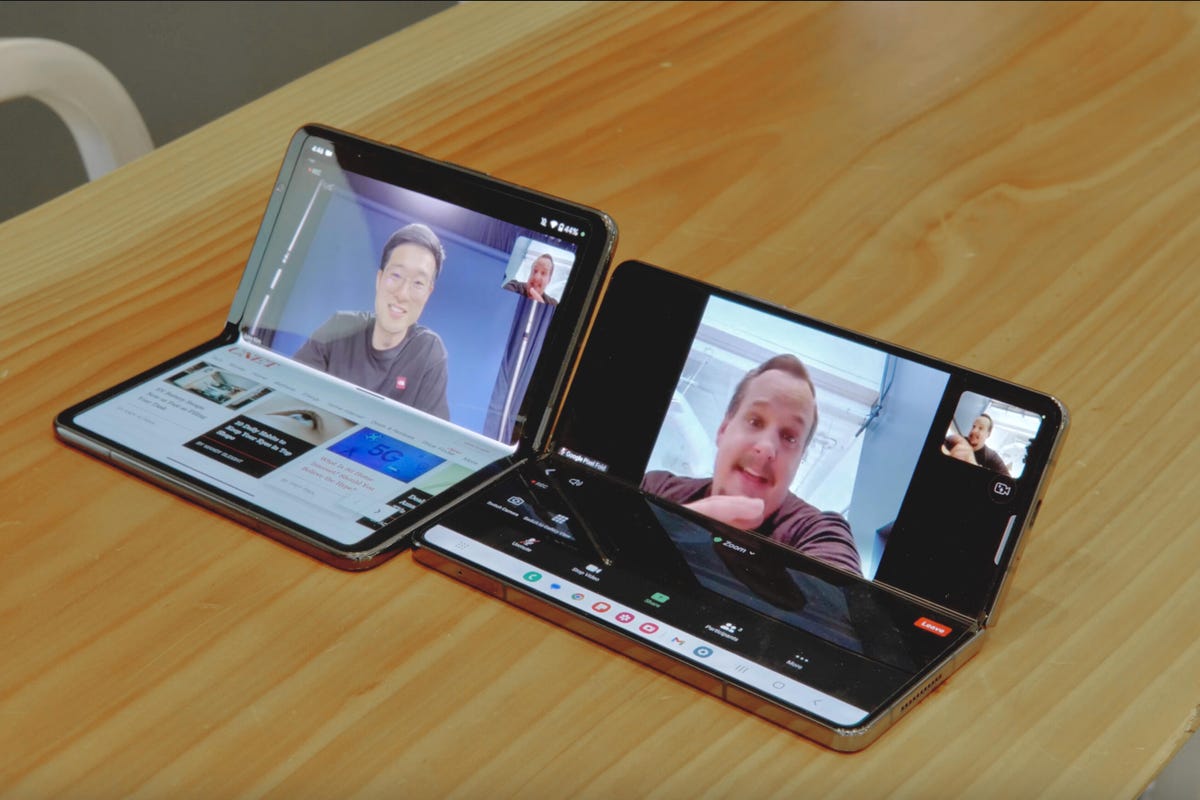
Pixel Fold videos vs. Galaxy Z Fold 4 and final thoughts
On the whole, videos aren’t great from either phone. Video recordings suffer from image noise and have less dynamic range than photos from each phone. Most of the machine learning algorithms and artificial intelligence Google and Samsung use in their photos is absent for videos. If you want to see sample video clips from each phone, please watch the video attached to this story.
So which phone has the best cameras? Neither the Pixel Fold or Z Fold 4 offer top-of-the-line phone cameras. But as far as these two phones go, I lean towards Google’s device more than Samsung’s (purely in terms of the cameras). The Z Fold 4, however, has an edge in other ways like the amazing inside screen, the premium fit and finish of the hardware and the software that seemed less fussy than the Pixel Fold.
Remember each of these phones costs $200 shy of two grand. For that price you get a phone that folds in half, that has two screens and five cameras. While the big interior screens of these foldables are great for editing your photos, few foldables offer the pristine image quality you’d find on their nonfolding counterparts. You should still look towards Samsung’s Galaxy S23 Ultra or Google’s Pixel 7 Pro if you want amazing imaging skills, but you’ll have to decide what your priority is: beautiful photos or an exciting folding screen? Right now, you can’t have both.
Just know that a month from now, things could change with the launch of the rumored Samsung Galaxy Z Fold 5.
Technologies
How to Get the Most Out of Apple AirTags: A Comprehensive User Guide
Apple’s tiny trackers have become invaluable additions for travel as well as keeping tabs on everyday items. Here’s how to make them work best for you.
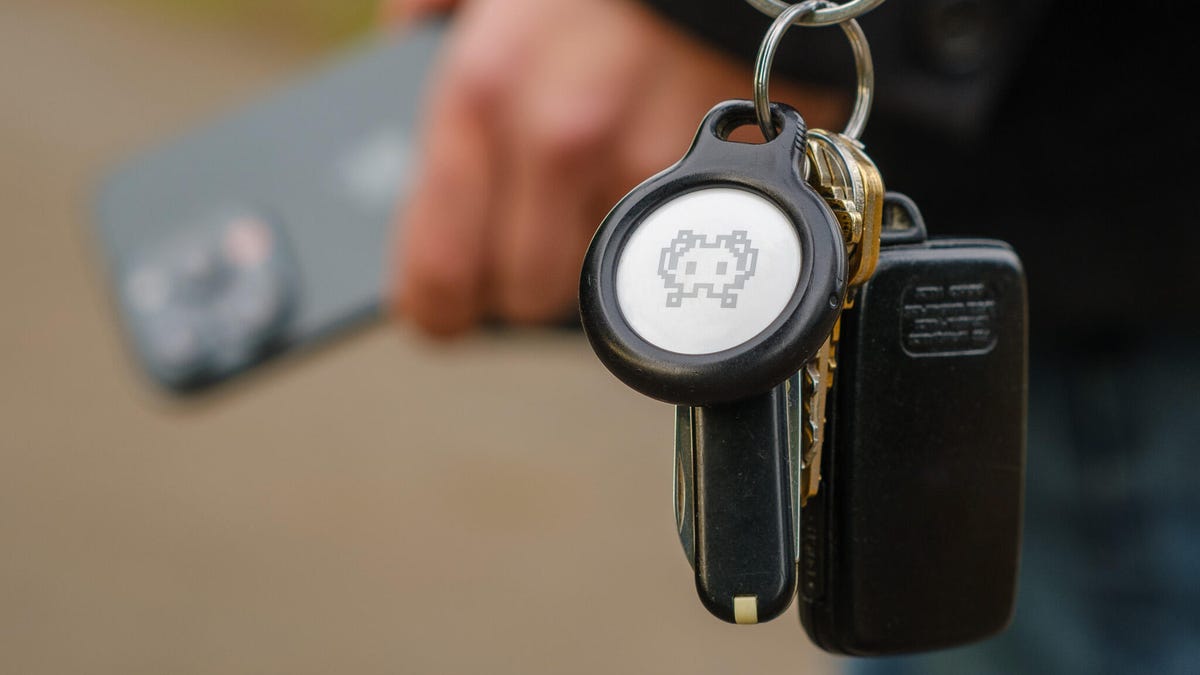
The last thing you want to deal with when traveling is lost luggage. In the past, you were at the mercy of the overburdened airlines to find a missing bag, but that’s all changed now. I consider Apple AirTags essential everyday items — small enough to stash in a bag or purse, battery life you can forget about for months and able to give you peace of mind when something goes missing, even if that’s just your keys inside the house.
Apple’s portable Bluetooth trackers are quickly becoming nearly ubiquitous. They’re so popular that major airports and airlines are now plugged in to Apple’s Find My service and can help you pinpoint a bag that could be wending its way through an airport’s luggage system or was left behind where you started your trip.
I already use Apple’s Find My service to keep tabs on devices, such as the iPad I frequently leave in my living room, as well as where family members are via their iPhones. For other items like my keys and everyday bag, I’ve come to rely on several Apple AirTags that fit into or onto almost anything I want to track. Apple’s tracker depends on the crowdsourced Find My network to help you pinpoint your items, from keys you’ve misplaced at home to a bag you may have left in the office.
Here’s all you want to know about AirTags. For more, learn about why you shouldn’t put an AirTag on a pet and discover five unexpected places to stash an AirTag.
What’s an Apple AirTag?
An AirTag is an individual tracking device that securely broadcasts its location using Bluetooth wireless networking. It’s a small glossy white puck not much larger than a US quarter and about the height of three stacked coins. A CR2032 coin cell battery keeps the AirTag powered for roughly a year.
Once the AirTag is paired with an iPhone or iPad, you can essentially forget about it. Hang it on a keychain or drop it into a bag —anything you want to be able to track or find later.
How much do AirTags cost and where can I buy them?
A single AirTag retails for $29 direct from Apple, and can be bought for around $24 from most outlets that sell electronics.
However, it’s always more economical to buy AirTags in packs of four — once you find a use for a solitary AirTag you’ll soon think of other things you want to track. Apple sells the set for $99 and some retailers, such as Amazon
, Best Buy and Walmart, have them for around $75, bringing the per-item cost down below $20. AirTags are also frequently reduced for big sales such as Black Friday and Prime Day.
If you do order from Apple, you can engrave initials, numbers and emoji for free, which can help you tell the AirTags apart (or just add a personal spin).
Is it difficult to set up a new AirTag?
In typical Apple fashion, activating a new AirTag is easy. Initially, a plastic tab slipped in between the electronics and battery keeps the AirTag inert. Once you pull that tab and the pieces make contact, the AirTag starts broadcasting its presence. When you bring it close to an iPhone or iPad, a dialog box appears, giving you the option to connect the AirTag.
When you tap Connect, choose a description of what the tag will be associated with, such as «Handbag» or «Luggage»; you can also enter a custom name. Choose an emoji to represent the AirTag in the Find My app and tap Continue. The AirTag is linked to your Apple ID.
How do I locate an AirTag?
In the Find My app on your iPhone, iPad or Mac, tap the Items button to view the AirTags you’ve activated. On an Apple Watch, open the Find Items app.
Tap the item you want to locate. If you think it’s close by, the easy option is to tap the Play Sound button, which makes the AirTag emit a high-pitched trill. However, if you have an iPhone 11 or later (not counting the iPhone SE), tapping Find uses the iPhone’s Ultra Wideband (UWB) chip to locate the AirTag with more precision —not just estimating the distance, such as «1.5 ft nearby,» but also point you in the right direction as you move around.
If the item is not in your general vicinity, the Find button becomes a Directions button that will hand off the location to the Maps app for driving, walking, transit or cycling routes.
What if I forget items while I’m heading out?
Being able to find something I’ve lost is invaluable, but it would be better if I didn’t forget it in the first place. For every AirTag, you can enable Notify When Left Behind, an option that sends a notification if you and an AirTag that was with you are no longer together.
That could be as simple as forgetting a bag at a restaurant or — more alarming —if someone swiped the item and is making a getaway.
What’s the secret to how AirTags work?
You know how in many thrillers and spy movies someone plants a tracker on a person and is then able to pinpoint the target’s location no matter where they are? That always seemed far-fetched to me — what sort of range would a tiny piece of electronics have, really? — but an AirTag is essentially that.
The AirTag itself does not have that sort of range, but it has something better: millions of devices carried by Apple customers surrounding it. On a regular interval, the AirTag sends out a low-power Bluetooth signal containing an encrypted ID. Any nearby iPhone, iPad or Mac picks up the signal, adds its location coordinates (if it knows them) and sends that to Apple servers in a secure background transmission.
That’s how, when my luggage chose to spend an extra day in Europe without me, I knew it was still in the airport in France. Likely an iPhone owned by a traveler or employee picked up the ID of the AirTag in my bag and relayed that to Apple. When I opened the Find My app on my iPhone in Seattle, it queried the servers and presented the AirTag’s last known location.
All of this happens in the background — no personal information is sent, and the impact to the relaying device’s performance and battery is negligible.
What about privacy? Can a hidden AirTag track me?
Just as you can use an AirTag to track your personal objects, it is possible that someone could drop an AirTag into your bag or coat pocket to try to track your movements. Apple has put a few safeguards in place to try to prevent that type of situation.
If your iPhone or iPad detects an unknown AirTag in your vicinity that is persistently near you, a notification appears that says «AirTag Found Moving With You.» When you ransack your belongings and find it, open the Find My app on your iPhone or iPad, tap Items and then tap Identify Found Item. Place the AirTag against the back of the device at the top until you see a notification. When you tap that, you’re taken to a web page with the tag’s serial number and, optionally, contact information.
If it turns out a family member’s AirTag fell out of a bag, no worries. If it’s one that’s unfamiliar, you can follow instructions for how to disable the tag.
For more, see how to protect yourself from being tracked.
What if I suspect that my AirTag is stolen?
You’ve looked everywhere, used the Find feature to scan for it, but your item containing an AirTag is nowhere to be found. Now what?
In the AirTag’s details in the Find My app, scroll down to Lost AirTag and tap Show Contact Info. If someone finds the tag and checks it as described just above, you can have a phone number or email displayed, plus an optional message, when they look up its information.
The other option is to choose Share Item Location, which creates a link you can send to someone identifying where the tag is. The link is active for just one week, which is hopefully more than enough time to let someone track it down. For example, suppose your bag is swiped: You could give the shared link to the police so they can track it down. (For safety reasons, don’t confront someone who’s stolen your property.)
When the item and its AirTag are returned, a notification appears that you’ve been reunited. Or, you can make the tag’s whereabouts hidden at any point by tapping Stop Sharing Item Location in the same screen, which invalidates the shared link.
How can I share an AirTag with someone I trust?
An AirTag is linked to your Apple Account, but for years that presented a problem: AirTags assigned to other people in my household would trigger the «AirTag Found Moving With You» warning — not great on family trips when we’d take my wife’s car.
Now, fortunately, it’s possible to share an AirTag’s location with up to five people. Tap a tag in the Find My app and under Share AirTag tap Add Person. Tap Continue on the screen explaining what will happen, then select a contact and tap Share.
In that person’s Find My app, they can accept the shared item. Note that all people you add can track the location.
How long does the battery last and how do I replace it?
In my experience, the CR2032 coin battery in each AirTag lasts about a year. When the level dips below about 10% remaining, you’re alerted that the battery is low and a red indicator appears in the Find My app.
To replace the battery, turn the silver back counter-clockwise to release its latches. Lift the existing battery out and replace it with a new one, making sure the battery’s identifying markings are facing you. Then align the tabs of the metal portion with the slots in the plastic piece, press lightly and turn clockwise. The AirTag will chirp when the electronics and battery are securely in contact.
Can I use AirTags with an Android phone?
AirTags are not directly compatible with Android phones — there’s no app that ties into Apple’s Find My network. To get the same tracking functionality, look into the Chipolo One Point tracker that uses Google’s Find My Device network.
Apple once offered an Android app called Tracker Detect that would let you identify a found AirTag, but that’s not available for newer Android devices — an app with that name in the Google Play store is from a separate developer. However, for phones with NFC chips installed, you can place a found AirTag against the back of the device to view information about it.
For more, learn about this year’s best AirTag accessories and everything about Apple Intelligence.
Technologies
Today’s NYT Connections Hints, Answers and Help for Nov. 15, #888
Here are some hints — and the answers — for the NYT Connections puzzle for Nov. 15, #888.

Looking for the most recent Connections answers? Click here for today’s Connections hints, as well as our daily answers and hints for The New York Times Mini Crossword, Wordle, Connections: Sports Edition and Strands puzzles.
Today’s NYT Connections puzzle includes some tricky words. If you need help sorting them into groups, you’re in the right place. Read on for clues and today’s Connections answers.
The Times now has a Connections Bot, like the one for Wordle. Go there after you play to receive a numeric score and to have the program analyze your answers. Players who are registered with the Times Games section can now nerd out by following their progress, including the number of puzzles completed, win rate, number of times they nabbed a perfect score and their win streak.
Read more: Hints, Tips and Strategies to Help You Win at NYT Connections Every Time
Hints for today’s Connections groups
Here are four hints for the groupings in today’s Connections puzzle, ranked from the easiest yellow group to the tough (and sometimes bizarre) purple group.
Yellow group hint: Yum!
Green group hint: Grammar time.
Blue group hint: They win Oscars and Tonys.
Purple group hint: Think DMZ.
Answers for today’s Connections groups
Yellow group: Enhance the taste of.
Green group: Punctuation marks.
Blue group: Kinds of actors.
Purple group: ____ zone.
Read more: Wordle Cheat Sheet: Here Are the Most Popular Letters Used in English Words
What are today’s Connections answers?
The yellow words in today’s Connections
The theme is enhance the taste of. The four answers are flavor, salt, season and spice.
The green words in today’s Connections
The theme is punctuation marks. The four answers are colon, dash, period and slash.
The blue words in today’s Connections
The theme is kinds of actors. The four answers are character, film, method and stage.
The purple words in today’s Connections
The theme is ____ zone. The four answers are buffer, comfort, time and twilight.
Technologies
Today’s NYT Connections: Sports Edition Hints and Answers for Nov. 15, #418
Here are hints and the answers for the NYT Connections: Sports Edition puzzle No. 418 for Saturday, Nov. 15.
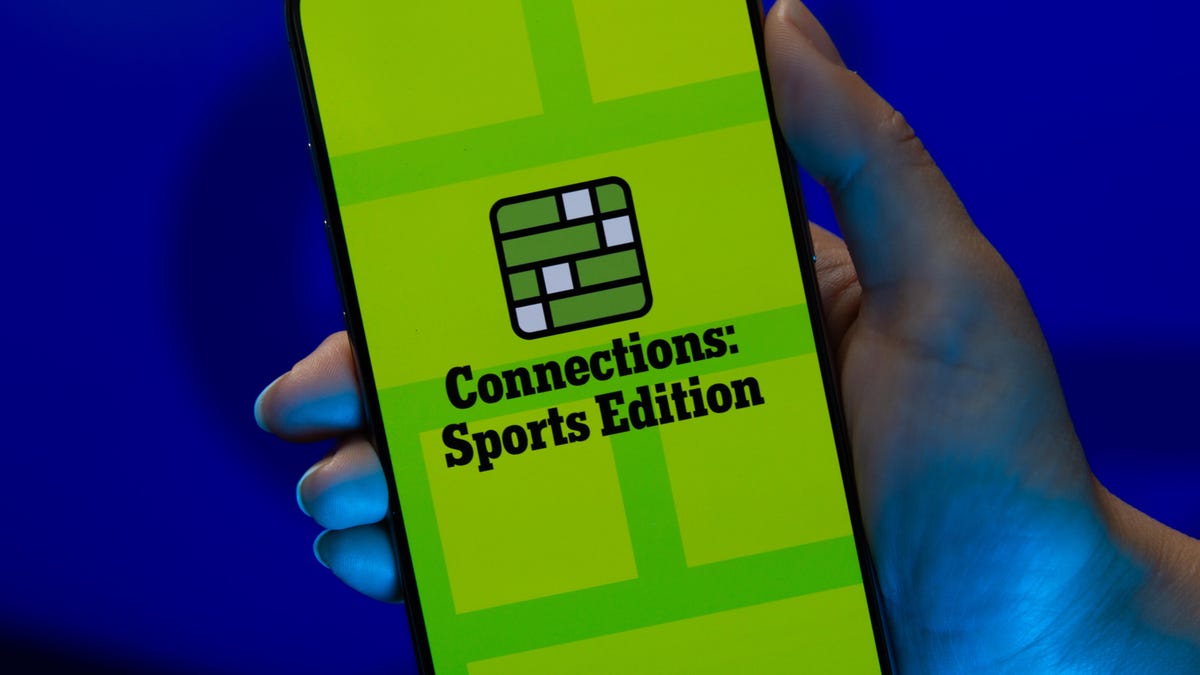
Looking for the most recent regular Connections answers? Click here for today’s Connections hints, as well as our daily answers and hints for The New York Times Mini Crossword, Wordle and Strands puzzles.
Today’s Connections: Sports Edition is a fun one. Not really sure what the yellow category has to do with sports, but OK, whatever. If you’re struggling but still want to solve it, read on for hints and the answers.
Connections: Sports Edition is published by The Athletic, the subscription-based sports journalism site owned by the Times. It doesn’t show up in the NYT Games app but appears in The Athletic’s own app. Or you can play it for free online.
Read more: NYT Connections: Sports Edition Puzzle Comes Out of Beta
Hints for today’s Connections: Sports Edition groups
Here are four hints for the groupings in today’s Connections: Sports Edition puzzle, ranked from the easiest yellow group to the tough (and sometimes bizarre) purple group.
Yellow group hint: Keeps your head warm.
Green group hint: Nothing but net!
Blue group hint: College signal-callers.
Purple group hint: It’s a bird! It’s a plane!
Answers for today’s Connections: Sports Edition groups
Yellow group: Headgear.
Green group: A score in basketball.
Blue group: First names of SEC QBs.
Purple group: Super ____.
Read more: Wordle Cheat Sheet: Here Are the Most Popular Letters Used in English Words
What are today’s Connections: Sports Edition answers?
The yellow words in today’s Connections
The theme is headgear. The four answers are balaclava, cap, hat and visor.
The green words in today’s Connections
The theme is a score in basketball. The four answers are basket, bucket, field goal and make.
The blue words in today’s Connections
The theme is first names of SEC QBs. The four answers are Arch, Diego, Trinidad and Ty.
The purple words in today’s Connections
The theme is super ____. The four answers are flex, Sonics, speedway and star.
-

 Technologies3 года ago
Technologies3 года agoTech Companies Need to Be Held Accountable for Security, Experts Say
-

 Technologies3 года ago
Technologies3 года agoBest Handheld Game Console in 2023
-

 Technologies3 года ago
Technologies3 года agoTighten Up Your VR Game With the Best Head Straps for Quest 2
-

 Technologies4 года ago
Technologies4 года agoBlack Friday 2021: The best deals on TVs, headphones, kitchenware, and more
-

 Technologies4 года ago
Technologies4 года agoVerum, Wickr and Threema: next generation secured messengers
-

 Technologies4 года ago
Technologies4 года agoGoogle to require vaccinations as Silicon Valley rethinks return-to-office policies
-

 Technologies4 года ago
Technologies4 года agoOlivia Harlan Dekker for Verum Messenger
-

 Technologies4 года ago
Technologies4 года agoiPhone 13 event: How to watch Apple’s big announcement tomorrow
